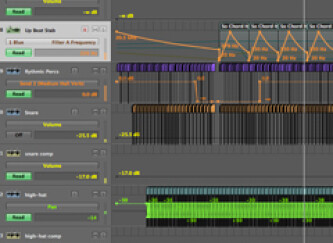
Time Is on Your Side - A guide to mixing music - Part 6
LearningAs eloquent as it may be, the puzzle analogy for mixing conceals a major aspect of music ─ in the end, the puzzle represents only a static image, yet music is essentially dynamic. So it's only natura…
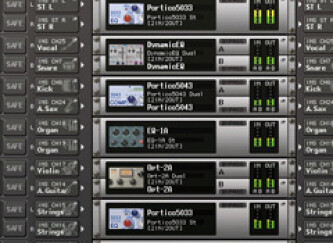
Putting Together the Puzzle - A guide to mixing music - Part 5
LearningSometimes the best way to make people really grasp an idea is to resort to a fitting metaphor. That's why, today, I'll show you a way to visualize a mix that ought to allow you to understand the whol…
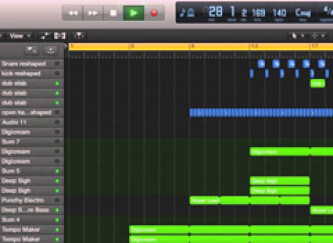
Go Safely and Back Up - A guide to mixing music - Part 4
LearningBefore getting into the heart of the matter, I deem it necessary to deal with a subject that isn't only limited to computer music, namely backups.
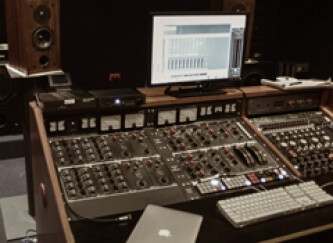
The Prerequisites for a Relaxed Mixing Session - A guide to mixing music - Part 3
LearningThe simple act of clearing certain technical and practical tasks in the earliest stages of the production of a song can have miraculous effects, not only in terms of efficiency, but also from a creat…

Mixing with Myself…or Not! - A Guide To Mixing Music - Part 2
LearningWe'll devote this second installment of our mixing article series to a bit of advice that is worth its weight in gold: Whenever possible, let someone else mix your songs and/or recordings
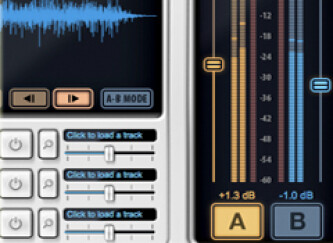
Improve Your Mix with A/B Referencing -Part 2 - What to Listen For When Comparing a Mix
LearningIn part 1 we looked at different ways to setup your gear for an A/B comparison. This time, we’ll offer some suggestions for specific aspects to focus on during your referencing session.
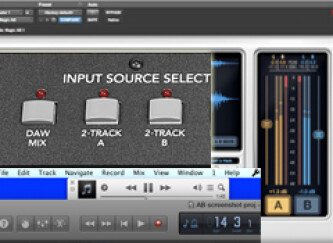
Improve Your Mix with A/B Referencing - Part 1 - Compare Your Mix to That of a Professional for Valuable Sonic Guidance
LearningReferencing your mix against an existing recording via the process known as “A/B-ing,” is a great way to check the quality of your work and help you overcome inaccurate studio acoustics. Here in part…
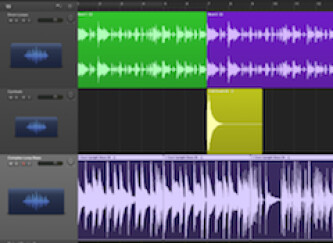
Working with Drum Loops - Part 2 - Adding Fills, Crashes, and More
LearningPart 1 looked at the importance of variation in a full-length drum loop track, and also gave tips on customizing drum loops by editing. Here I’ll look at two very important aspects of your drum loop …
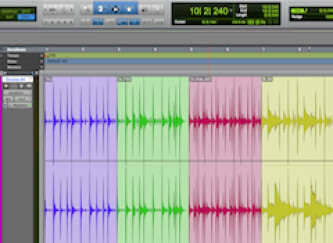
Working with Drum Loops - Part 1 - How to Make Loop-Based Drum Tracks Sound As Realistic As Possible
LearningI’m not a drummer, but I often produce tracks in my studio that include drum parts. Sometimes I’m fortunate enough to be able to use a real drummer, but in most cases it’s just not practical. Instead…
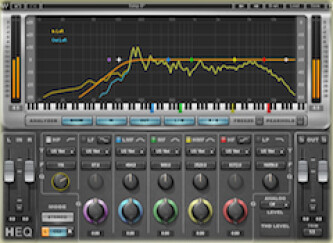
Cut the Mud from Your Mix - Remove Low-End Clutter from Your Mix with High-Pass Filtering
LearningGuitars, vocals, pianos, drums or virtually any track in your mix, has extraneous low-frequency information that can be filtered out without compromising the sound. While you may not notice anything …
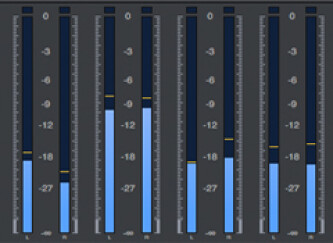
Why Headroom is Important - Keep Your Levels Down and Your Headroom Up, and Your Music Will Sound Better
LearningYou’ve probably heard the term “headroom” thrown around a lot. What it is, essentially, is a margin of safety between the loudest peaks of your track — or tracks, in the case of a mix — and 0 dB on y…
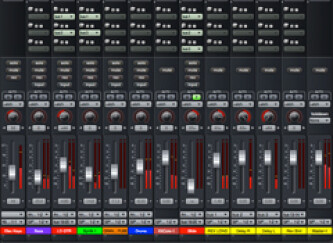
Mixing: A 12-Step Program - A Helpful Approach for Efficiently Mixing Music
LearningHere at Audiofanzine, we’ve covered many individual aspects of mixing, and offered detailed information on what to do in preparation for a mix. But we've also gotten requests for an overview of the e…

Learn From Other Mixes - How to Analyze a Mix
LearningJust like painting, photography and, obviously, music — mixing is an art in itself. And, as such, it also requires some training.
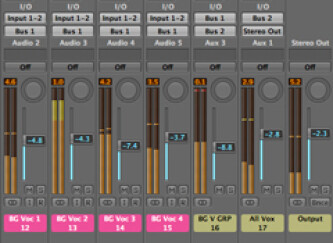
Adjust and Process Groups of Tracks at a Time - Control Your Mix With Subgroups
LearningOne easy way to improve your mixing efficiency is to use the flexible routing capabilities in your DAW's mixer to create subgroups. Also referred to as "submixes," they let you create custom subsets …
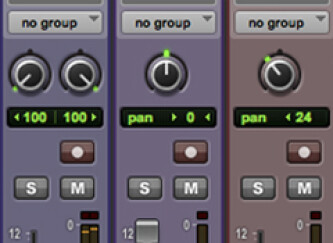
Panning Strategies - Advice For Placing Elements in the Stereo Soundscape
LearningPanning seems like a simple enough task. You turn the panning knobs to the positions you want your tracks to be situated in the stereo image and you’re done, right? Well there’s more to it…




